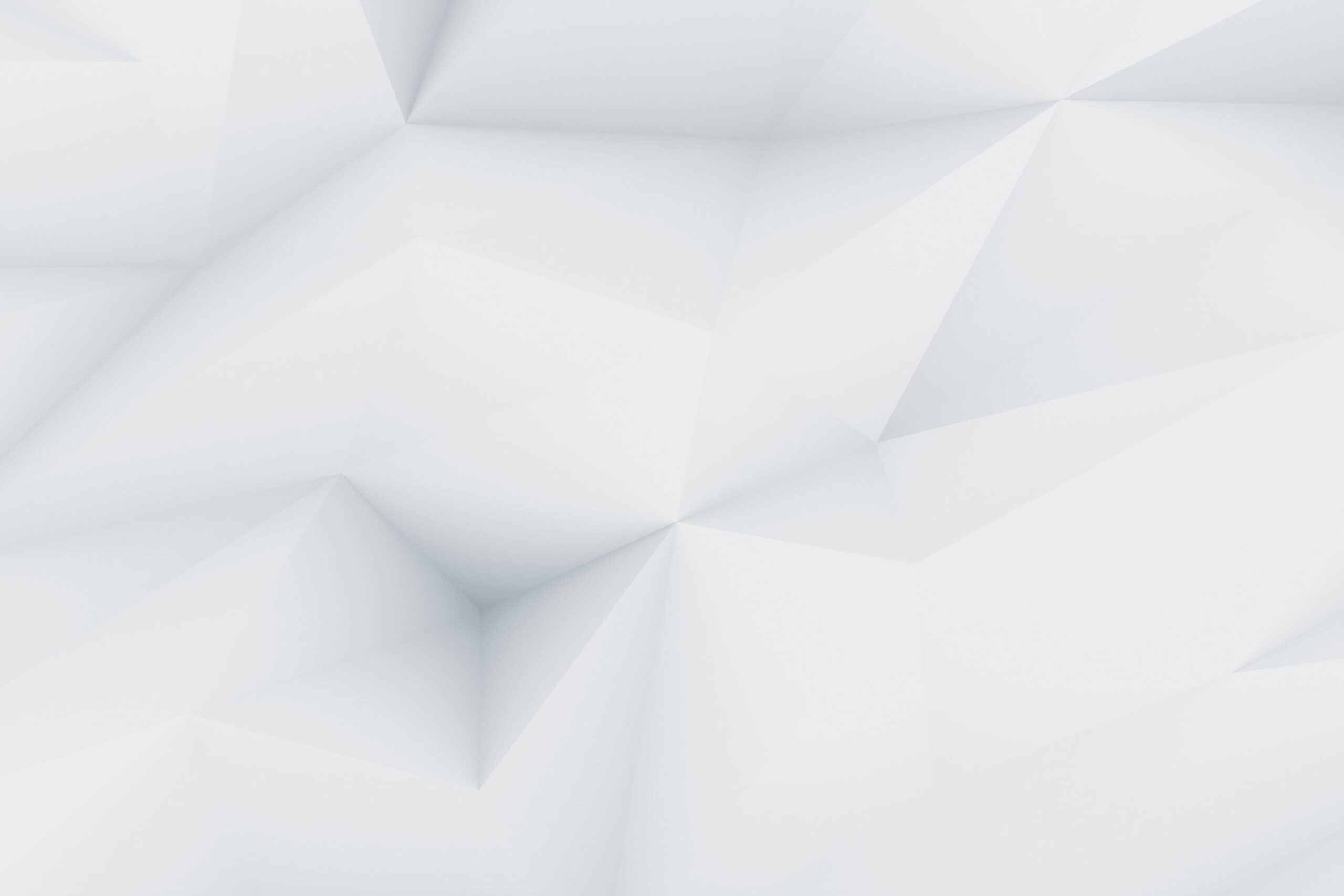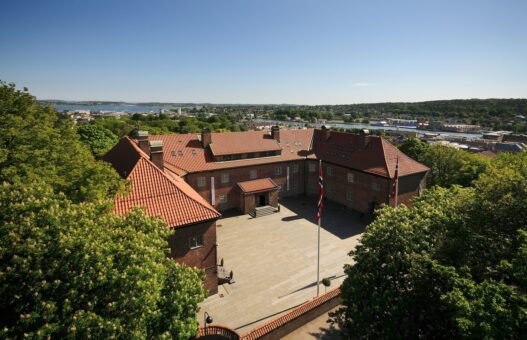Haugar Art Museum invites applications for the Researcher in Residence program. The application deadline is March 1, 2023.
The Researcher in Residence (RiR) program allows art researchers to live and operate in the lovely town of sgrdstrand. The village is famous for holding Edvard Munch’s only remaining undamaged home, and scenarios from many of his iconic paintings come to life in the narrow, picturesque alleys.
RiR was founded in 2022 with the goal of bringing art-related study from national and international researchers to strengthen academic research at the Haugar Art Museum and Munch’s Home.
The program is a collaboration between the Haugar Art Museum and Munch’s Home, as well as Horten Municipality and Vestfold County Council.
RIR offers pleasant rooms in a tiny, detached house in the town center, within walking distance of the seashore and Edvard Munch’s former home (Munch’s House).
Funding
The residency covers both travel and residential expenses. Duration of stay: two weeks to two months.
Scope
The researcher is required to present ongoing research at sgrdstrand as well as at the Haugar Art Museum. The presentations will be compensated.
How to Apply
Please email us: a statement of intent for your project, including your chosen dates; and a curriculum vitae, including your academic credentials and, if available, previous publications. The deadline is March 1, 2023.
About Haugar Art Museum
The Haugar Art Museum is a contemporary art museum with a collection of Norwegian and foreign art and special exhibitions. Haugar Art Museum actively attempts to bring several forms of modern art to a large audience. We want to provide a welcoming environment for people of all cultural, artistic, socioeconomic, and political backgrounds. Through our exhibitions and educational initiatives, the museum collaborates on a local, regional, national, and worldwide level.
About Munch’s House
Munch’s House: This is Edvard Munch’s only preserved residence in sgrdstrand. In 1898, Edvard Munch purchased the modest cottage. Lykkehuset was the name he gave it (Happy House). The home has one storey of wood and is paneled on the outside. The inside was simple. There were two enormous wooden beds, a worktable, an old folding table, corner closets, and two armchairs in the living room, which also functioned as the painter’s bedroom. Several of his personal items remain in the house.
He also constructed a studio to the south-east of the house. Afterwards, the studio was razed and rebuilt as a duplicate. Horten Municipality purchased the house and grounds after Munch’s death in 1944, and it has been a museum since 1947.
Haugar Art Museum
Graabrødregaten 17
3110 Tønsberg
Norway




















